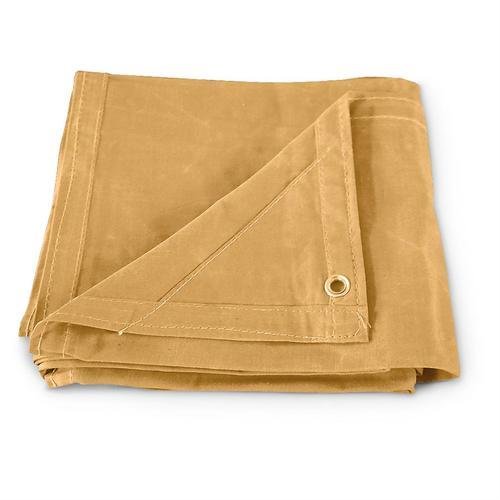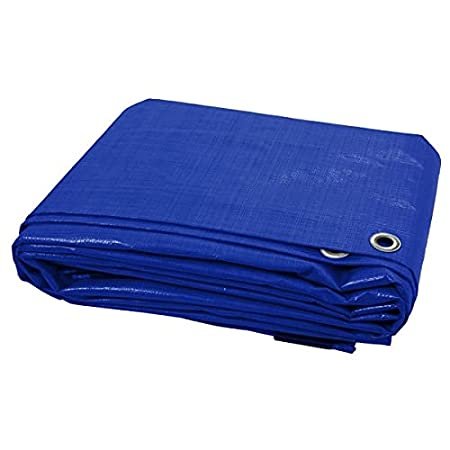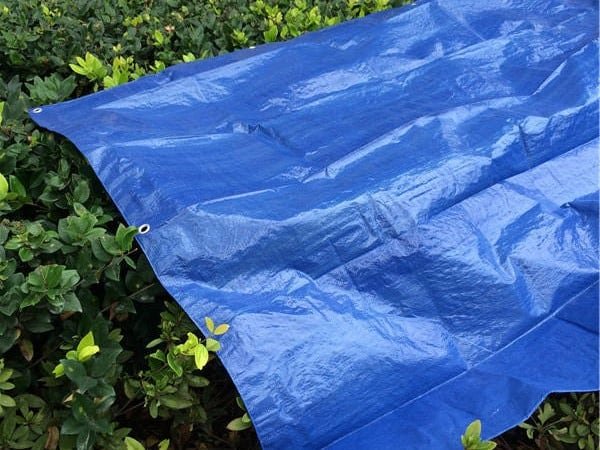The History of Tarpaulin
Tarpaulins, also known as “tarps”, are easy to set up, versatile, and highly durable. The tarps have an extensive history. People in earlier ages used tarps made from different materials such as cotton, canvas, metal, polyester, plastic, and nylon.
During the period of 1400 to 1600, tarps were used mainly by sailors. They used tarps made from pal to ensure the safety of their goods while traveling via sea route.
During the period of 1600–1900, tarps were also used by inland people to protect their goods while traveling. And people started using them as tents in the 1700s. From 1900 to the present day, the tarps industry has significantly developed.
Tarps of various styles are available on the market and are suitable for a variety of situations. They are mainly used for campgrounds, flatbeds, construction sites, etc. These include traditional, mesh, automatic, and waterproof tarps. The interesting thing to know is that they are differentiable easily. It is due to weaving patterns and different materials.

Different Materials of Tarpaulin
The primary use of tarps is to cover goods or build a particular space. People use tarps to protect their goods or spaces from extreme weather conditions.
Tarps are made from different kinds of materials, it can be said that tarp materials are the basis for making a selection for the type of tarp. The best tarp material depends on your needs and the specifications of the tarp.
Now, let’s explore some most commonly used materials for tarps:

1. Canvas
Canvas tarpaulin is a widely popular waterproof material, woven from natural or synthetic fibers (such as cotton duck fiber). It is one of the oldest types of canvas used for various purposes over the centuries. This durable and heavy-duty material is commonly used in many ways to protect people and objects from wind, rain, and sunlight.
Many people choose canvas not only for its durability but also because of its minimal environmental impact. Unlike PVC tarpaulins or polyethylene tarpaulins (made from polypropylene or polyethylene), canvas is more environmentally friendly.
Let’s explore some of its pros, cons, and applications.

Advantage
- Canvas tarpaulins are made of natural fibers. As a result, it is more breathable, which ensures air circulation and prevents moisture from accumulating between the covered object and the tarp.
- The specially treated canvas tarpaulin provides effective protection against UV rays, and since it is a heavy material, it is also windproof.
- It is very adaptable and can absorb paint and other spills. It can be cut into various sizes for use.
- Canvas tarpaulins are the most hard-wearing of all tarpaulin fabrics, are cost-effective, and are generally usually cheaper than other types of tarpaulin.
- Canvas tarpaulins are the most hard-wearing of all tarpaulin fabrics, are cost-effective, and are generally usually cheaper than other types of tarpaulin.
Disadvantage
- It needs to be regularly coated with wax or specially treated in order to be waterproof. It is less waterproof than other materials and cannot resist bad weather.
- There is a certain possibility of the canvas fading.
- Due to the material, canvas tarpaulins are generally heavier and less conducive to transport and handling. Maintenance can become a hassle especially when they get damp or mouldy.
- There is no way to make them completely waterproof, they can only adapt to smaller storms. It also has a limited service life.
Application
Waterproof tarpaulins can protect goods, provide shade, prevent dirt and dust from entering, and shield you and your belongings from weather conditions.
On construction sites, they are ideal for creating temporary barriers, such as building enclosures, or for covering equipment and goods in construction or industrial environments due to their UV resistance and durability.
In agriculture, they can be used as truck covers for transporting produce, daily landfill covers, or membrane structures.
In home yards, these tarps are commonly used for lawn maintenance or to cover various items, such as BBQ grills, cars, motorcycles, and outdoor furniture.
2. Nylon
Nylon is also one of the most commonly used materials for tarp manufacturing. Nylon material is known for its strong strength-to-weight ratio. The higher elasticity factor also plays a massive role in stretching the tarps. And the best part to know is that it is highly durable.
They are also known for their waterproof abilities. These features make the nylon tarps ideal for long-term uses.
This one also consists of advantages, disadvantages, and applications like other materials.

Advantage
- Readily available in the market.
- Fire retardant properties.
Disadvantage
- Less protection against extreme weather conditions.
Application
- Temporary shelter.
- Transportation industry
- Keeping things clean
- Covering damaged areas
3. Polypropylene Tarpaulin (PP)
This tarpaulin is a propene polymer tarp. Tarpaulins of this material are highly waterproof, they do not allow any water to pass through the tarp and can be used as a protective cover for temporary situations. There is a middle layer of compiled material and the sides are covered with polyethylene layers, available in a wide range of colours, sizes and gsm.
Advantage
- Highly waterproof tarp. These tarps are best known for their waterproof properties.
- You can get some types of polypropylene tarps at a relatively cheaper cost.
- It is very lightweight and easy to transport and use.
Disadvantage
- These tarps are designed in such a way that you can’t keep them in constant sunlight for years.
Application
- Shelters or tents
- Creating privacy
- Blocking winds
- Catching water

4. Polyethylene Tarpaulin (PE)
Polyethylene is a highly versatile material, and polyethylene tarpaulins are the most common plastic tarps on the market. They are flexible, multi-purpose, and, when treated, can effectively block UV rays, greatly enhancing durability and lifespan.
Compared to other materials, polyethylene tarps are affordable and durable, with the ability to resist stretching, withstand exposure to the natural environment, and remain waterproof.
Let’s dig into some fantastic pros, cons, and uses of polyethylene tarpaulins.
Advantage
- Waterproof
- Lightweight
- Good heat and cold resistance
- Good chemical stability
- Maintain flexibility at low temperatures
Disadvantage
- You may be unable to use these tarps for hard-wearing or extensive uses.
Application
- A cover but not for a longer time duration.
- Covering tents as a temporary shelter.

5. Polyvinyl Chloride Tarpaulin (PVC)
Polyvinyl chloride tarpaulins are known to be a strong option as compared to those made from polyethylene. These tarps are designed in such a way that you can get them for extended use in extreme weather conditions. Some manufacturers also use PVC lamination to construct Polyvinyl chloride tarpaulin from polyester.
Advantage
- Waterproof
- Less prone to tears and rips.
Disadvantage
- Polyvinyl chloride tarpaulin is not a breathable option.
Application
- These tarps are mainly used for heavy-duty applications.
CONCLUSION
Tarpaulins are used as a shelter or cover when you want to save your construction site from various conditions. But you must ensure that the tarp you are using is made from high-quality materials. And choosing the right quality tarpaulin is highly dependent on which manufacturer or supplier you choose.
Contact Us now if you want to buy a tarpaulin made from high-quality raw material. We ensure our customers successfully protect their goods and sites with our best-quality tarps.







